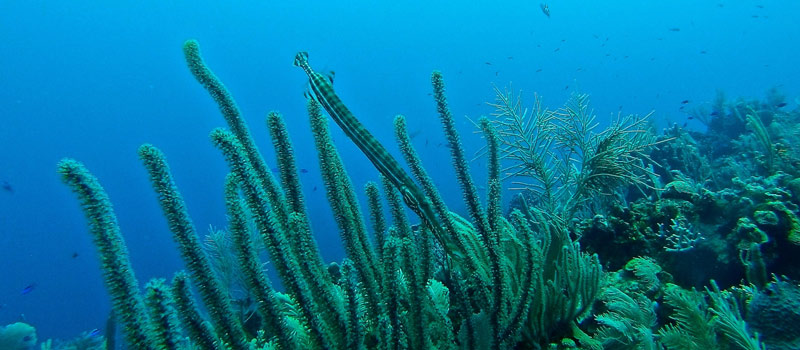
Coastal Ecosystem Recovery Financing for the Future (CERFF): developing insurance products to enhance response and recovery from tropical cyclones
Primary Investigators: Professor Piran White, Professor Callum Roberts, Dr Julia Touza, Dr Jon Hill (Environment, University of York), Dr Henrice Altink (History, University of York), Professor Jacco Thijssen (Management, University of York)
External collaborators: Cefas, Willis Towers Watson, Overseas Development Institute
Funder: Global Challenges Research Fund (NERC and ESRC)
Coastal ecosystems, such as coral reefs, mangroves and seagrass beds, can provide protection against tropical cyclones. They also provide other benefits such as fisheries and tourism. However, extreme storm surges can damage these ecosystems. This reduces their capacity to protect coastal communities from storms that can cause deaths and damage property, and their ability to play a multi-functional role in human well-being, e.g. providing food through fisheries or controlling erosion. It is important to manage these ecosystems well and assist their recovery when they are damaged, so that coastal communities can recover quickly from extreme events. Financial investment in active restoration of these ecosystems is feasible and can be cost-effective over small areas. When large areas of habitat are damaged, setting aside areas of the ecosystem as reserves may be a more cost-effective approach, but people who depend on the ecosystem for their livelihoods, such as fishermen, need to be compensated financially for loss of short-term earnings.
Insurance of these ecosystems could provide a solution to allow for immediate funds to be made available, whether for restoration or as compensation to fishermen. The availability of such an insurance product would enable rehabilitation of the reef or seagrass bed following an extreme storm surge to recover their protective and livelihood-related functions. There has been relatively little work on the development of insurance products to protect public assets such as ecosystems and their services, and this has left a large protection gap. The CERFF project therefore represents an important and timely innovation in the design and development of disaster risk financing instruments.
Developing an effective ecosystem-based insurance product requires a quantified understanding of the extent to which coastal ecosystems reduce risk and damages from storm surges in different situations, and how this varies with potentially confounding factors. These include: (i) the geographical distribution of key habitats; (ii) their functional capacity; (iii) the damage they can suffer; (iv) an assessment of their condition as a baseline; (v) an understanding of how this baseline may change over time in relation to other stressors such as ocean acidification, pollution or overfishing; and (vi) an understanding of the time period and uncertainties around restoration or regeneration.
The CERFF project brings together applied scientists and academics from natural and social sciences and the humanities, with a leading global broking and solutions company. The CERFF team will develop an insurance product to build disaster mitigation capacity through a market-based mechanism that can facilitate rapid responses in relation to extreme events and also incentivise preparedness behaviour. It builds on extensive marine data that Cefas has recently acquired through the Commonwealth Marine Economies programme. Process-based hydrodynamic modelling at Cefas will be combined with species distribution modelling and economic assessment of ecosystem service values to parameterise models of expected and avoided damages. The outputs of the models, combined with scientific understanding of monitoring capability, will inform the development by Willis Towers Watson of a suitable insurance product and associated parametric index trigger for payment. Financial modelling led by York, informed by an understanding of the socio-economic, cultural and political economic factors potentially affecting demand for the insurance project, will allow us to evaluate the flexibility and transferability of the product and its incentive and investment options. This will include adaptability of the product to different locations, and the potential role of the government and external donors in promoting insurance penetration to align private-public incentives, create behavioural changes, and spread the costs of risk prevention within society.
Contact us
Interdisciplinary Global Development Centre
igdc@york.ac.uk
01904 323716
Department of Politics and International Relations, University of York, Heslington, York, YO10 5DD, UK
Twitter
Contact us
Interdisciplinary Global Development Centre
igdc@york.ac.uk
01904 323716
Department of Politics and International Relations, University of York, Heslington, York, YO10 5DD, UK
Twitter